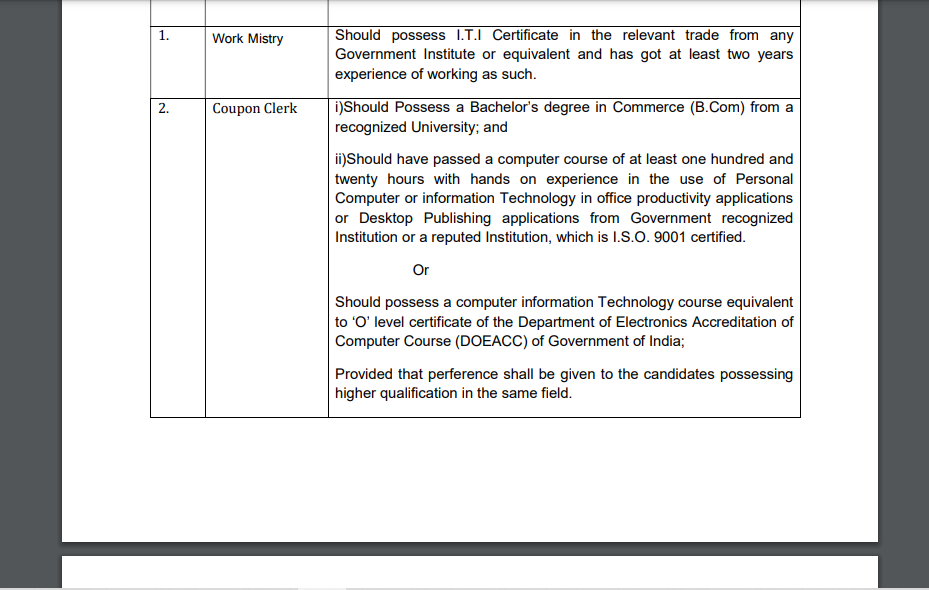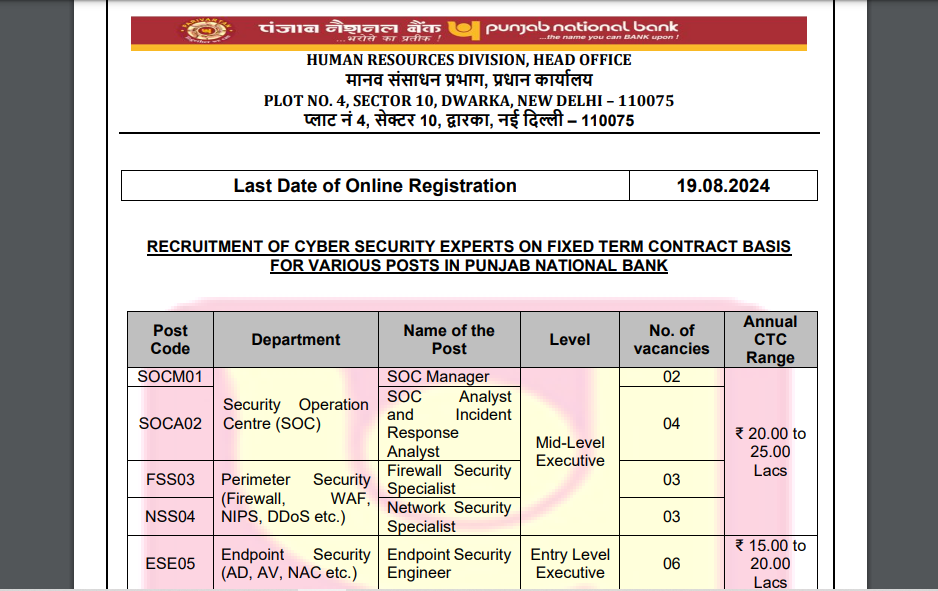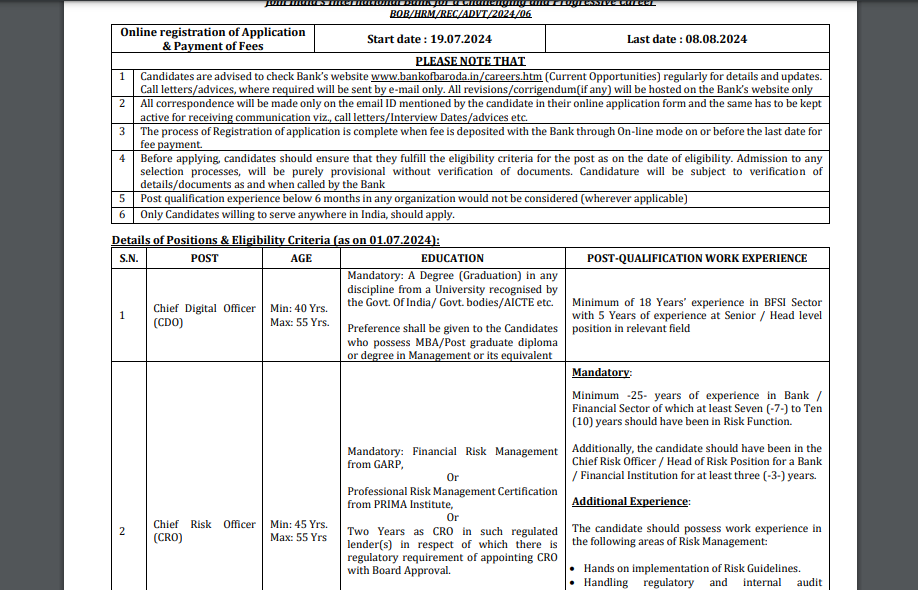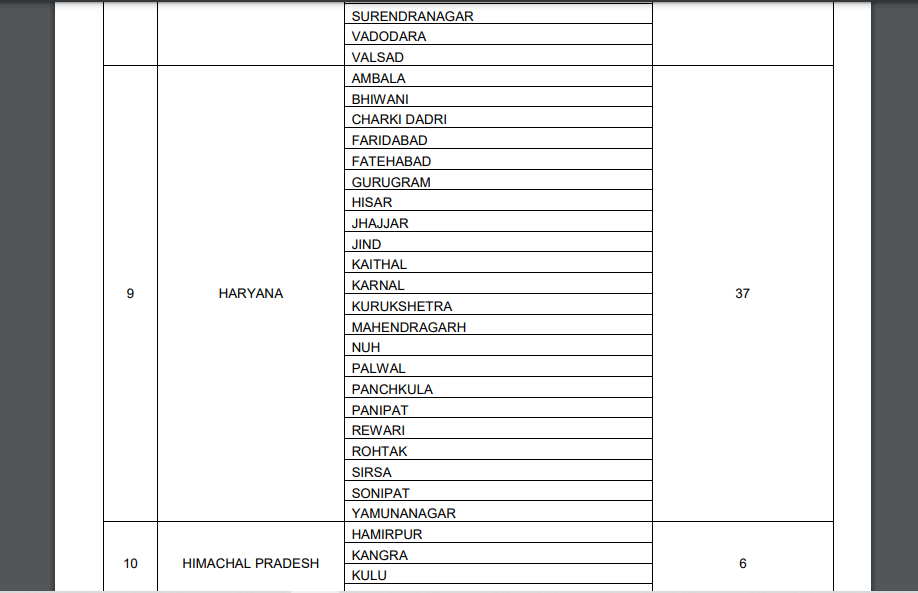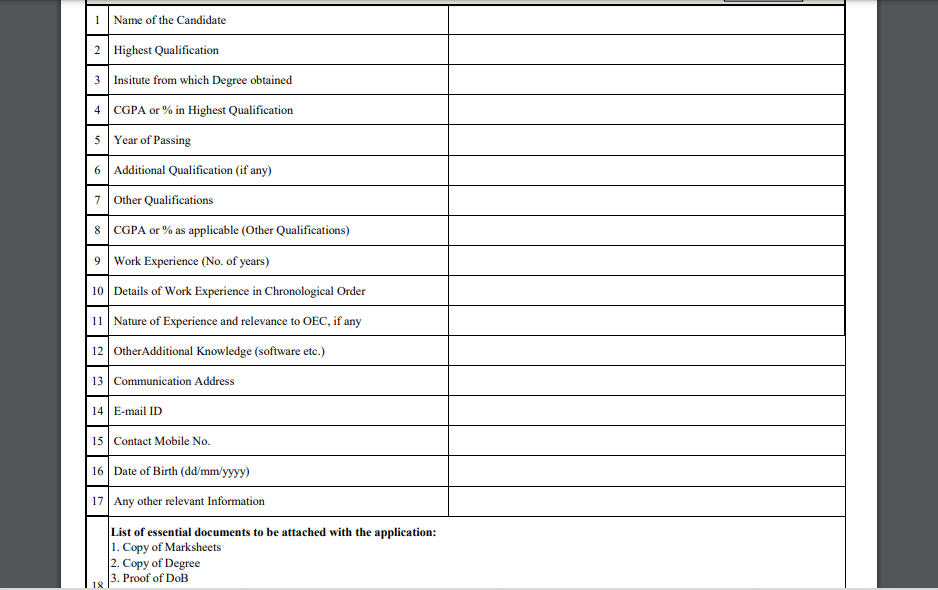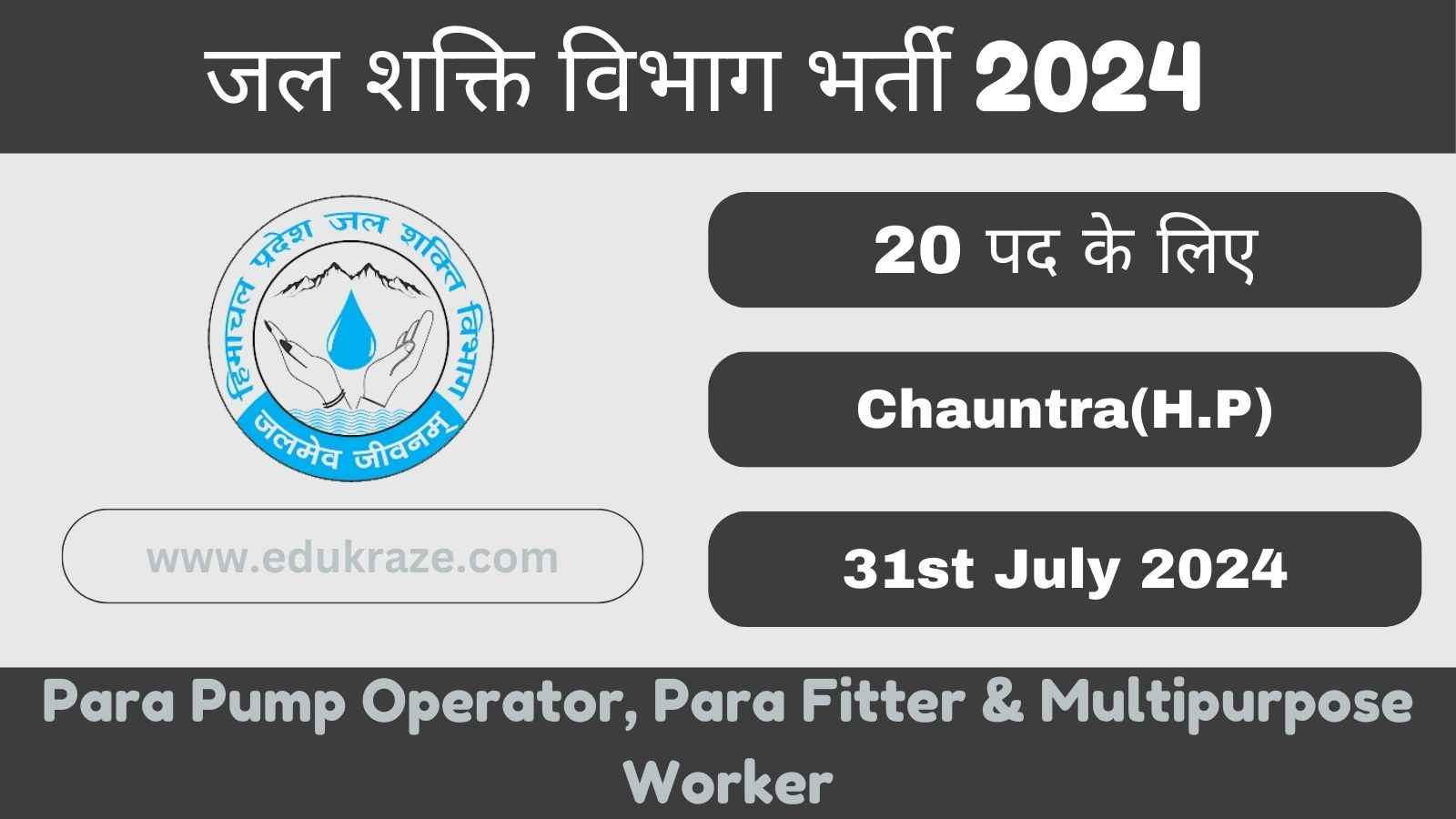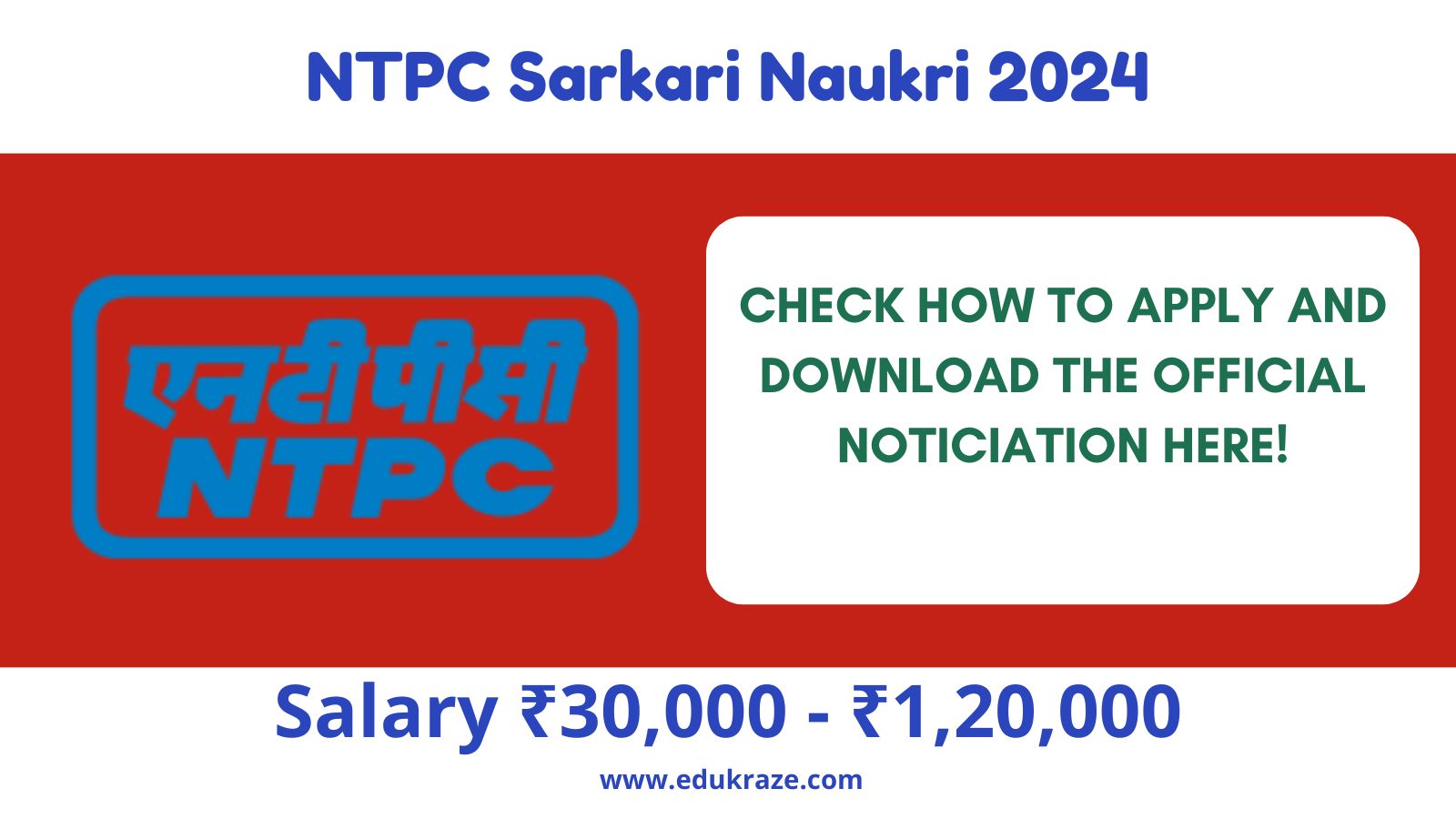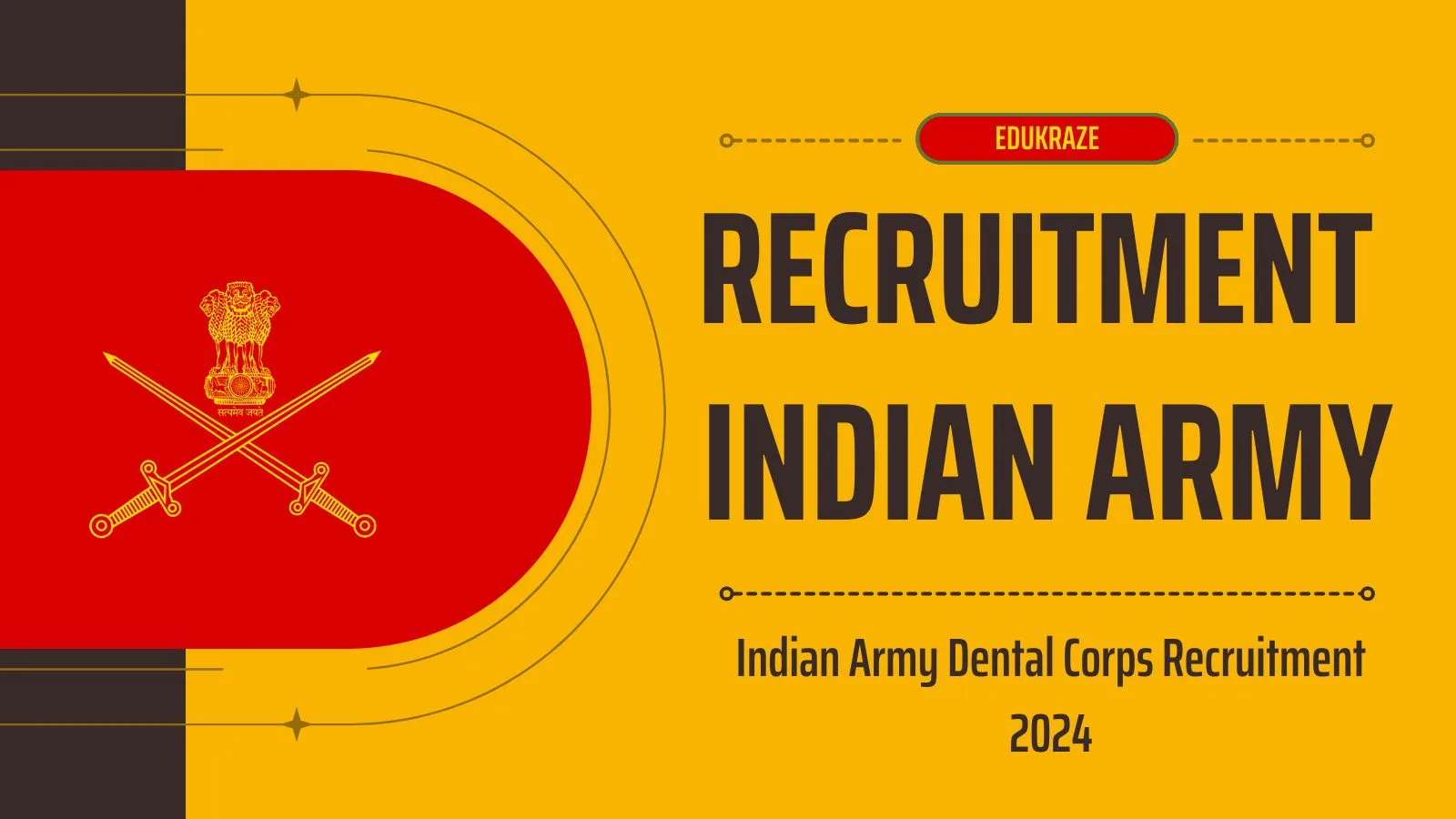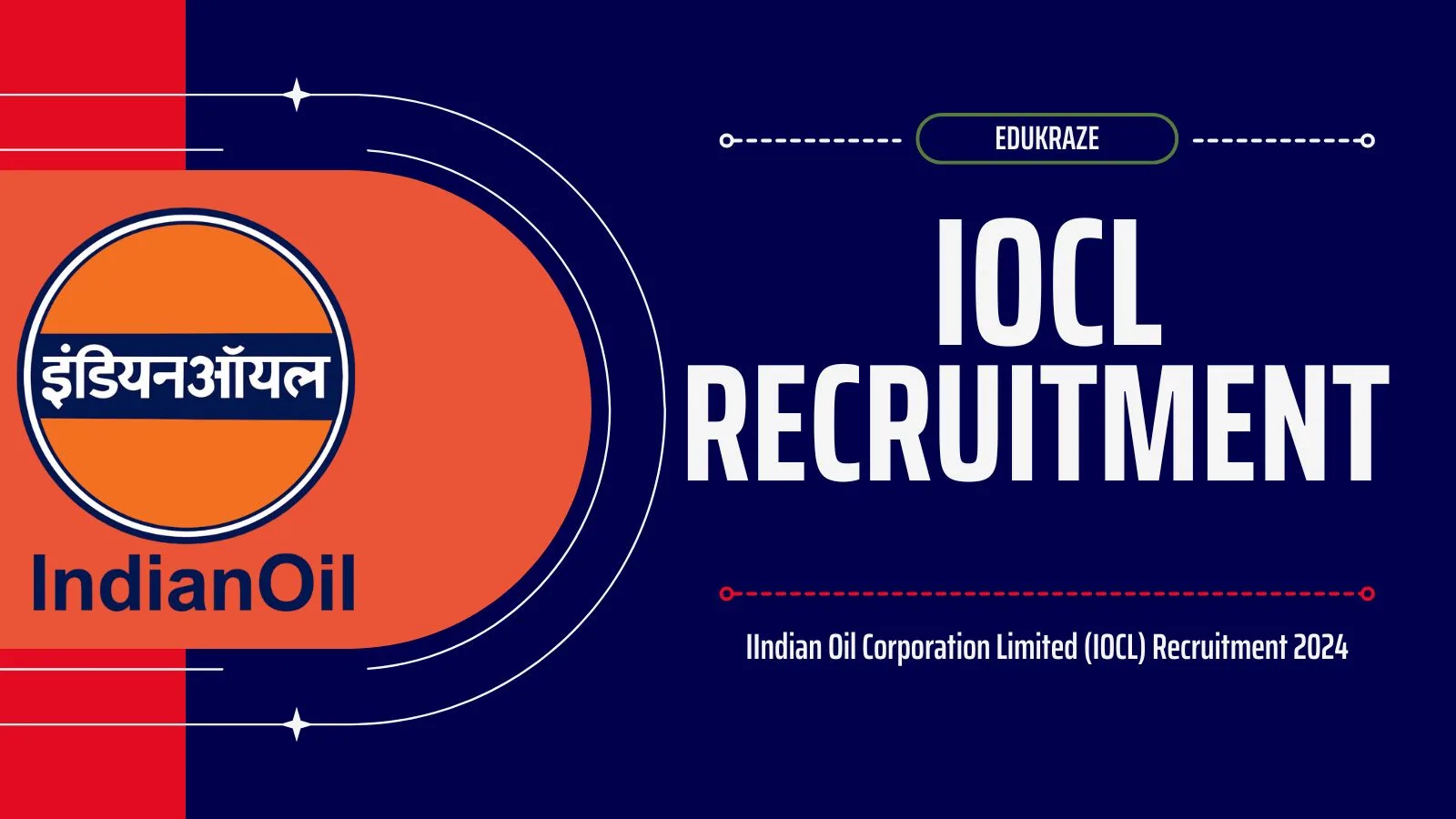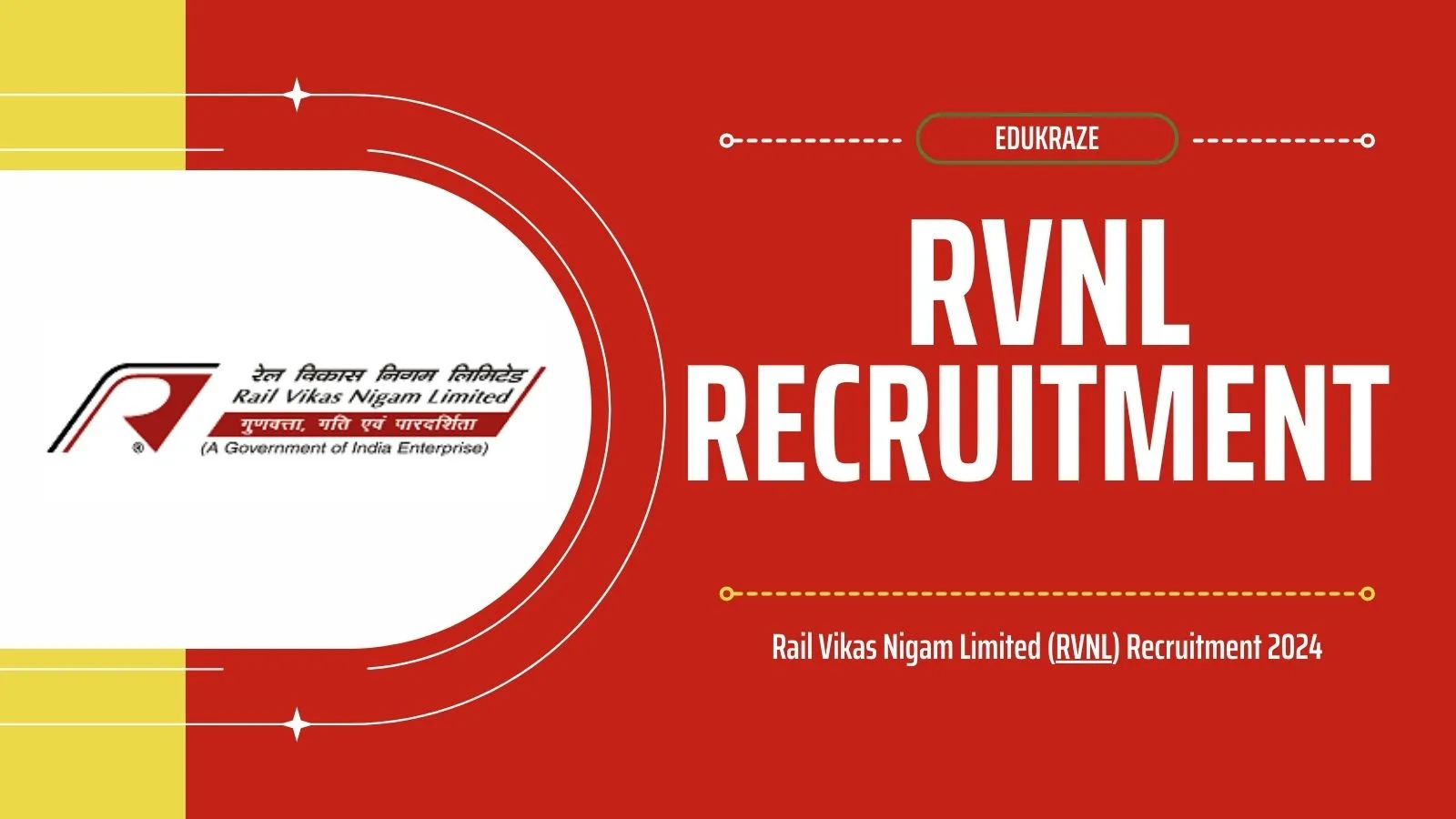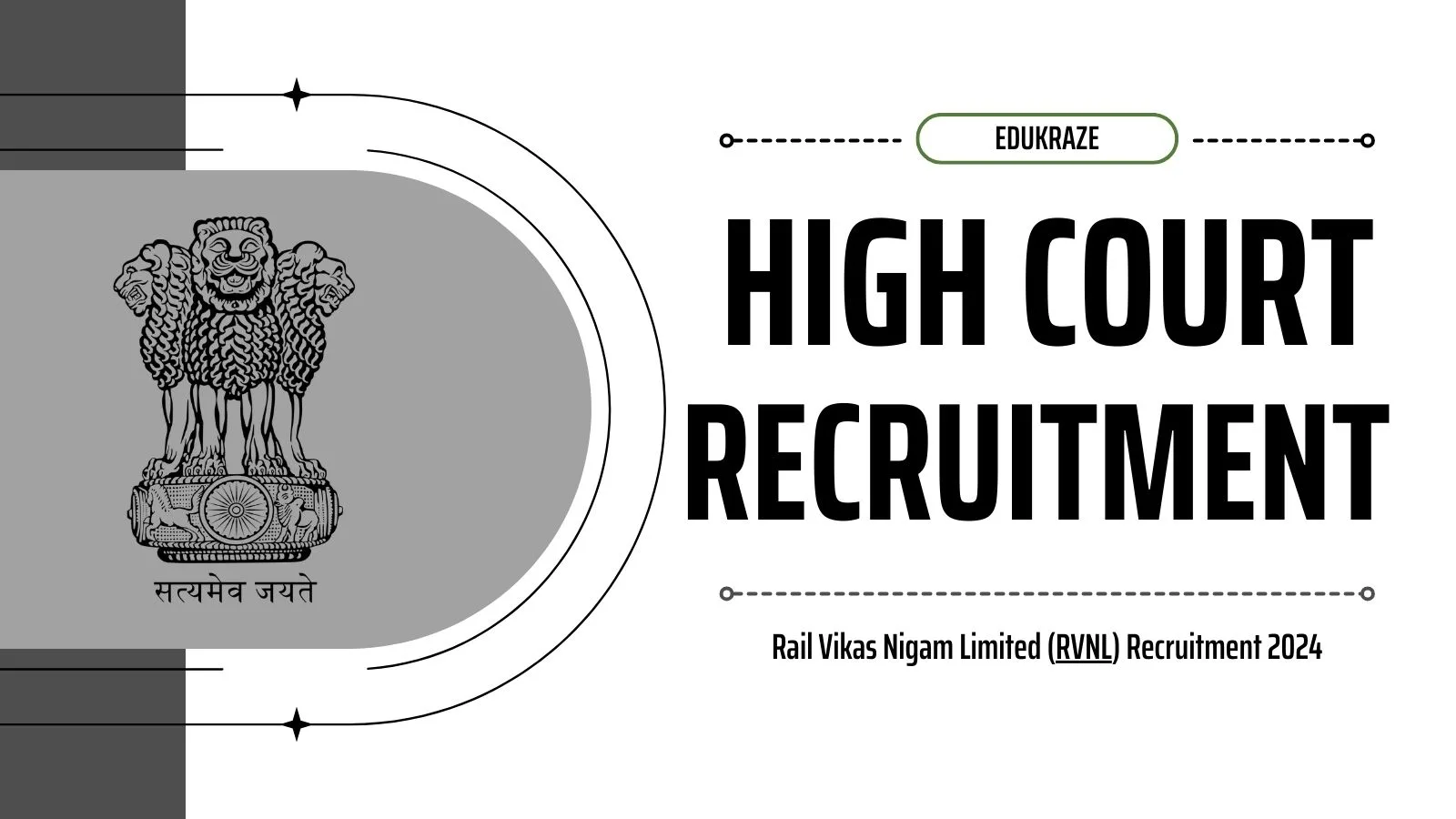Introduction
The Post-Matric Scholarship Scheme is a government initiative aimed at providing financial assistance to students who are studying in Class 11th and above in recognized schools and colleges. The scheme is aimed at helping students from economically weaker sections of society to continue their education and pursue their dreams. There are different types of Post-Matric Scholarship Schemes available for students, including the Post-Matric Scholarship Scheme for Minorities, Top Class Scholarship Scheme, and Merit Cum Means Scholarship Scheme. These schemes provide financial assistance to students from minority communities and Scheduled Castes (SC) and Scheduled Tribes (ST) communities who are studying in top-level colleges such as IITs, IIMs, and other premier institutions. The application process for these schemes is online, and eligible students can apply through the National Scholarship Portal (NSP). The Post-Matric Scholarship Scheme not only helps students to meet their educational expenses but also encourages them to continue their studies and complete their education. By providing financial assistance, these schemes help in reducing the dropout rate among students and promoting education.
Eligibility Criteria for Post-Matric Scholarship Scheme To be eligible for the Post-Matric Scholarship Scheme, students must fulfill the following criteria:
- The student must be studying in Class 11th and above in a recognized school or college.
- The student’s family income should not exceed Rs. 2.5 lakh per annum.
- The student should have scored a minimum of 50% marks in the previous examination.
Types of Post-Matric Scholarship Scheme There are three types of Post-Matric Scholarship Schemes available for students:
- Post-Matric Scholarship Scheme for Minorities: This scheme is aimed at providing financial assistance to students from minority communities such as Muslims, Christians, Sikhs, Buddhists, Jains, and Zoroastrians. The scheme covers students studying in Class 11th and above in recognized schools and colleges.
- Top Class Scholarship Scheme: This scheme is aimed at providing financial assistance to students from Scheduled Castes (SC) and Scheduled Tribes (ST) communities who are studying in top-level colleges such as IITs, IIMs, and other premier institutions.
- Merit Cum Means Scholarship Scheme: This scheme is aimed at providing financial assistance to students from minority communities such as Muslims, Christians, Sikhs, Buddhists, Jains, and Zoroastrians who are pursuing technical and professional courses at the undergraduate and postgraduate level.
Application Procedure for Post-Matric Scholarship Scheme To apply for the Post-Matric Scholarship Scheme, students must follow the below steps:
- Visit the National Scholarship Portal (NSP) and register as a new user.
- Fill in the application form with all the required details.
- Attach the necessary documents, such as income certificate, caste certificate, and mark sheet.
- Submit the application form online.
Benefits of Post-Matric Scholarship Scheme The Post-Matric Scholarship Scheme provides a number of benefits to students, including:
- Financial assistance to help students meet their educational expenses
- Encourages students to continue their studies and complete their education
- Provides an opportunity for students from economically weaker sections and minority communities to access quality education
- Helps in reducing the dropout rate among students
Conclusion Scholarship schemes such as the Pre-Matric Scholarship Scheme and Post-Matric Scholarship Scheme are designed to provide financial assistance to students who come from economically weaker sections of society. These schemes not only help students to pursue their education but also encourage them to complete their studies. By providing financial assistance, these schemes help in reducing the dropout rate among students and promoting education. Therefore, eligible students should apply for these schemes to avail themselves of the benefits and continue their education.

